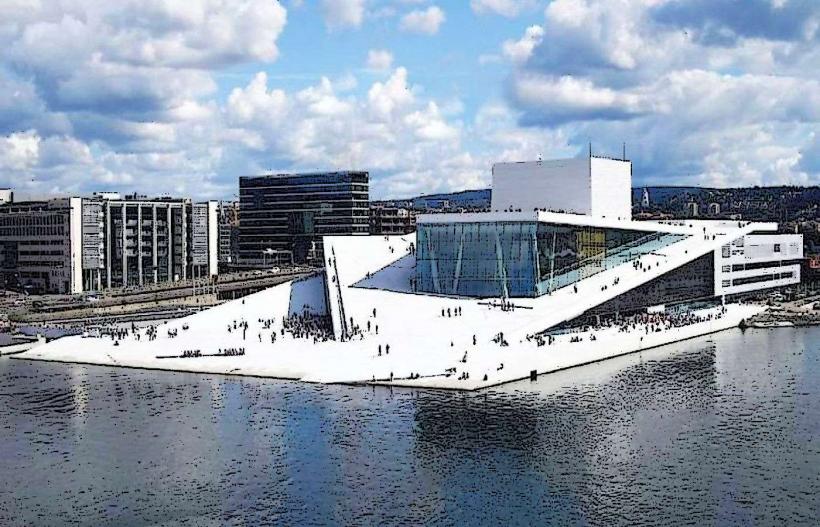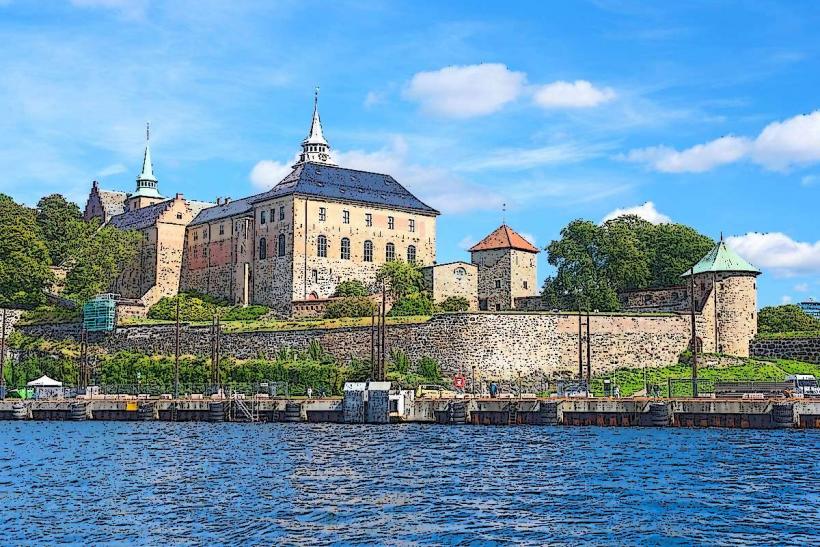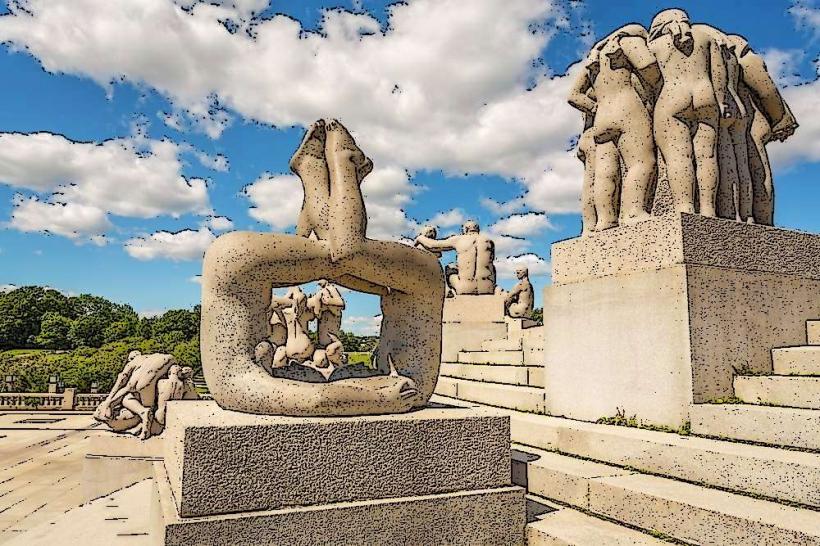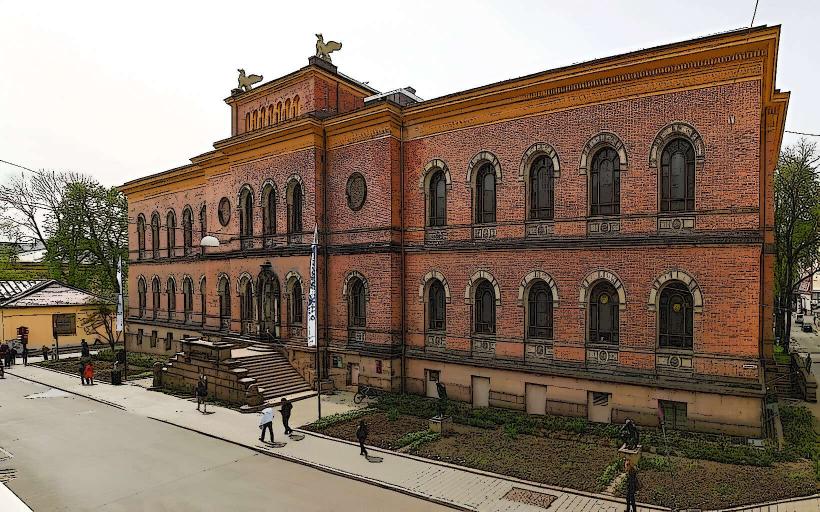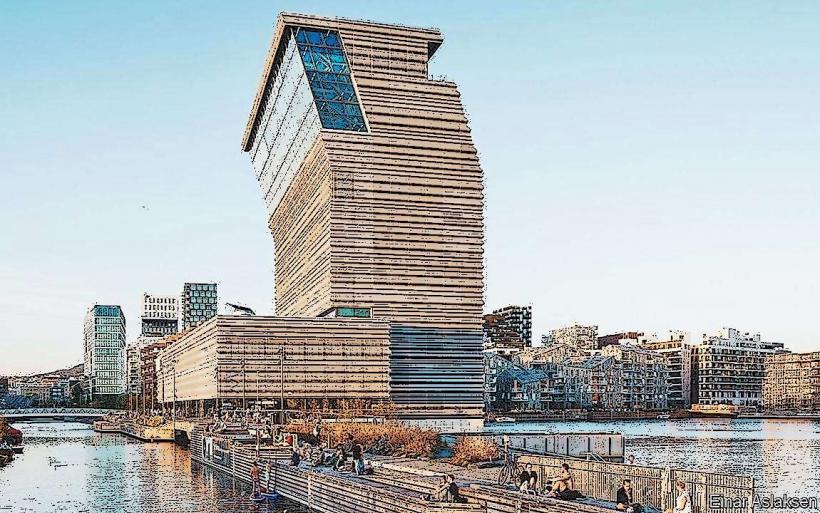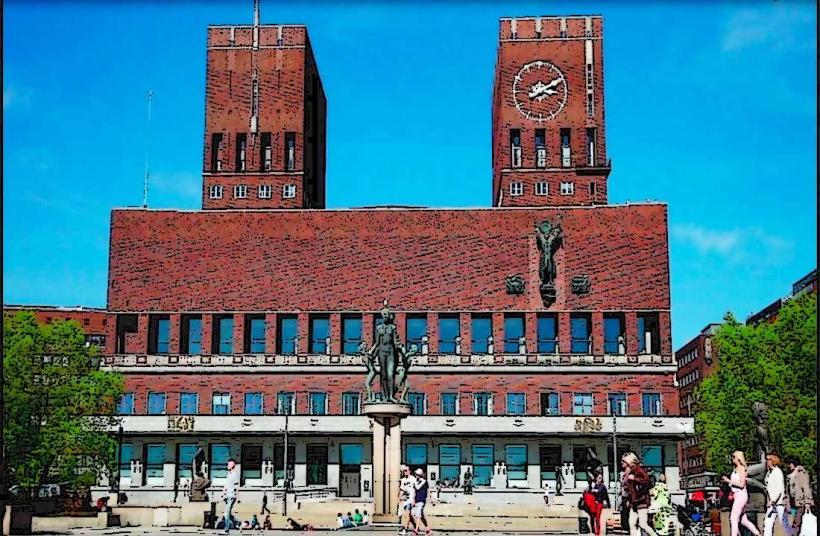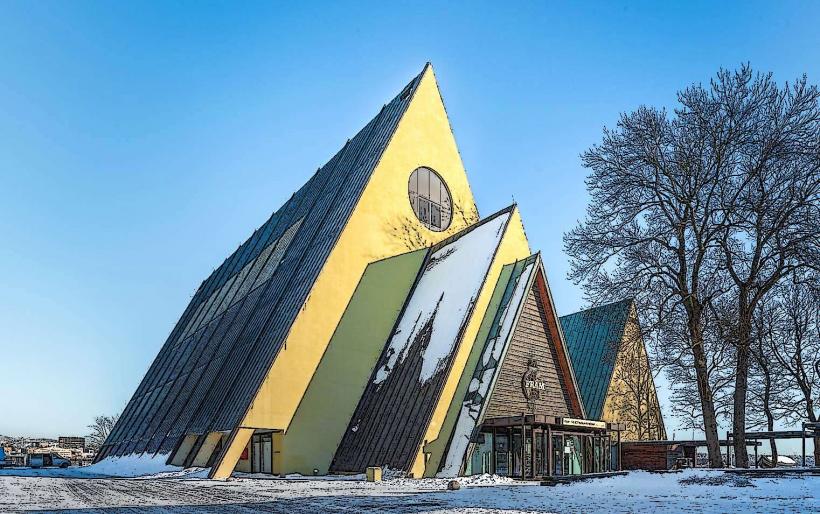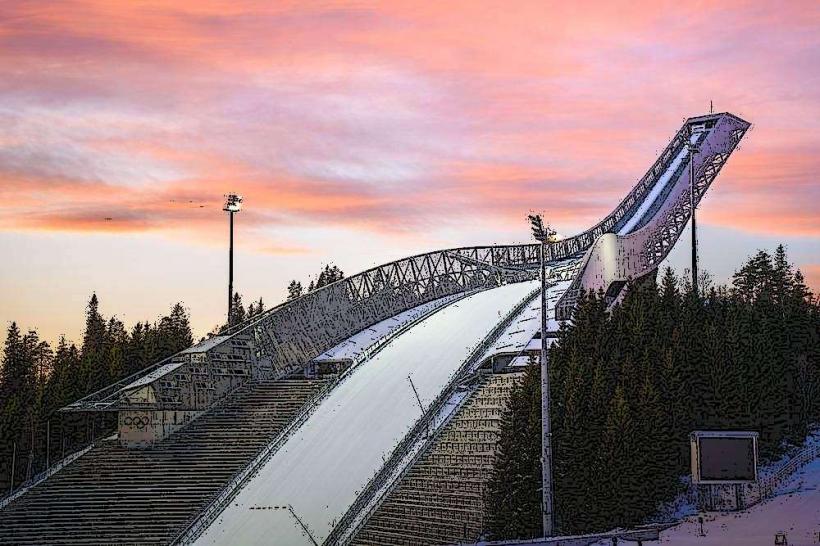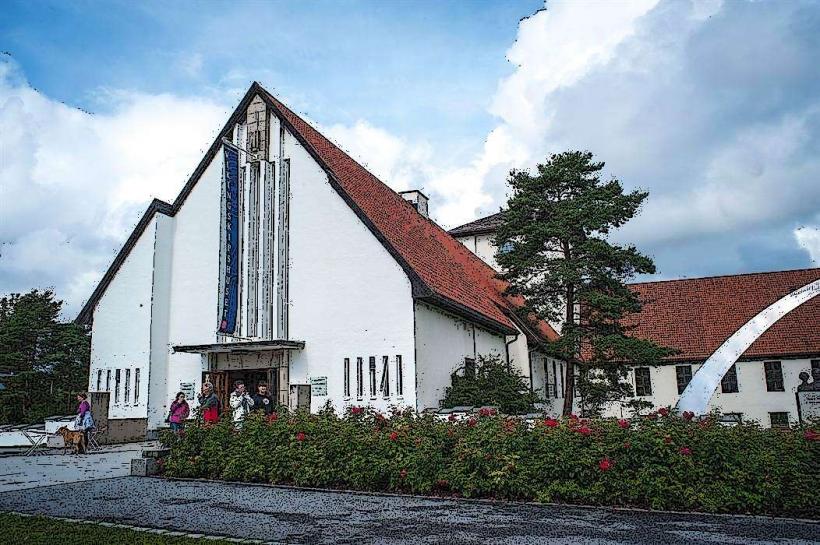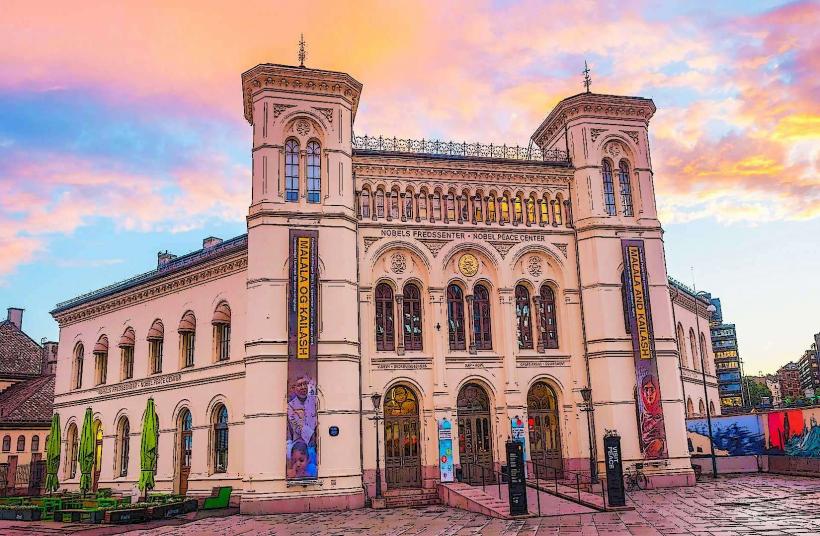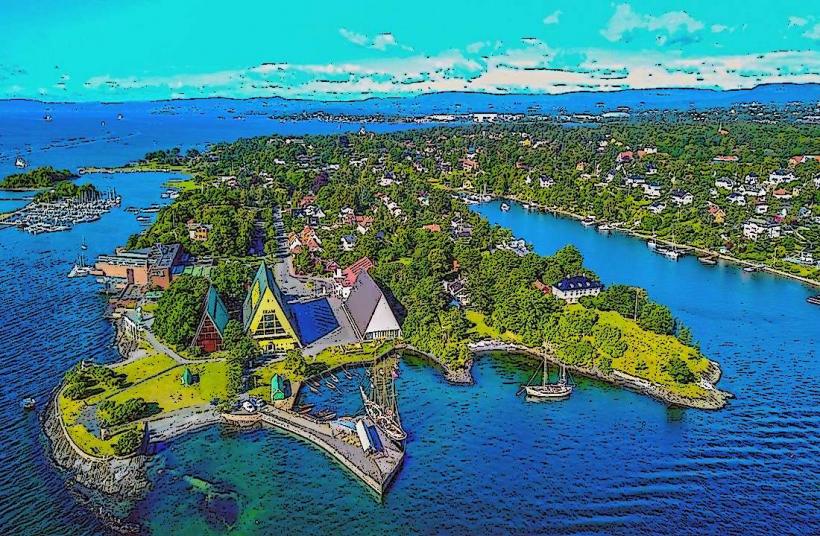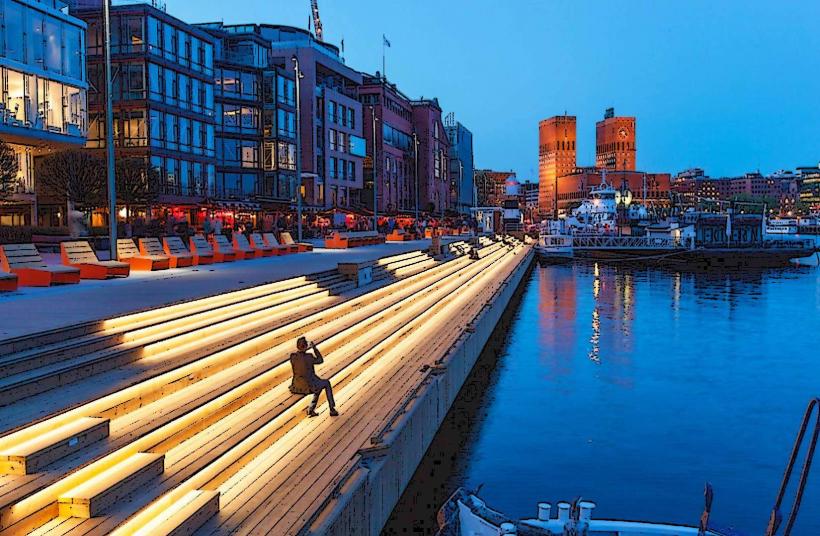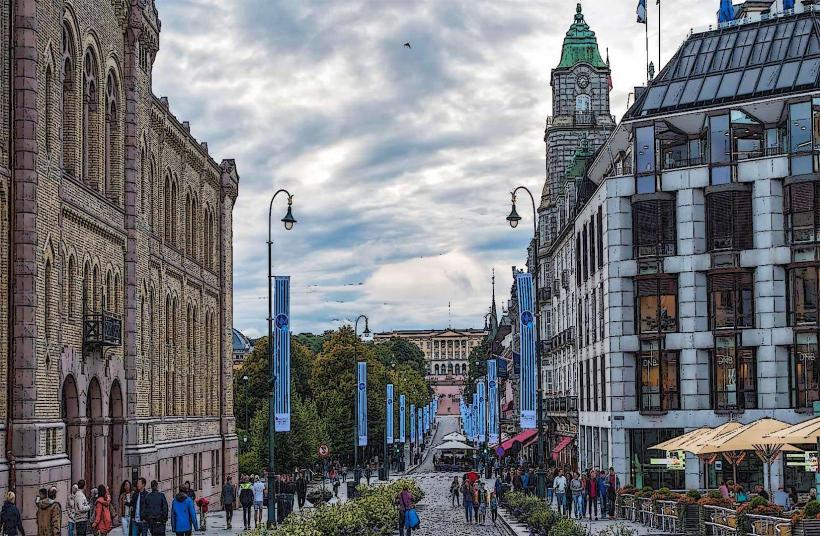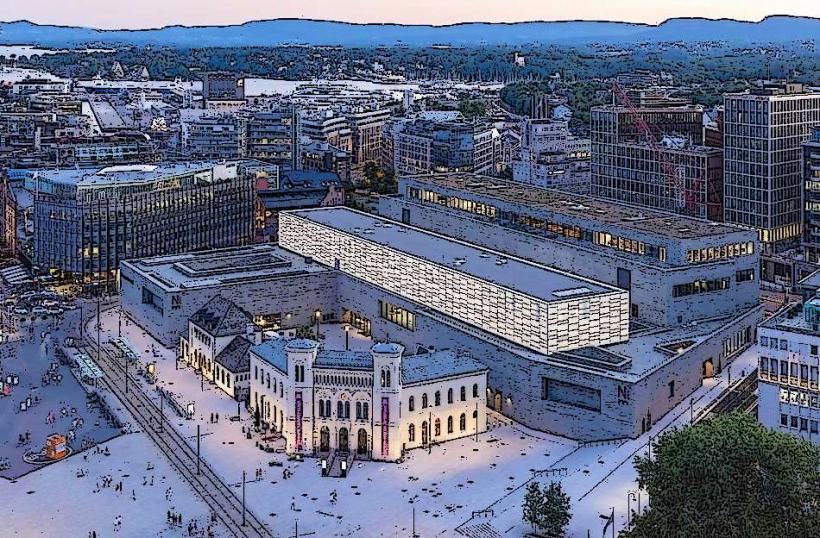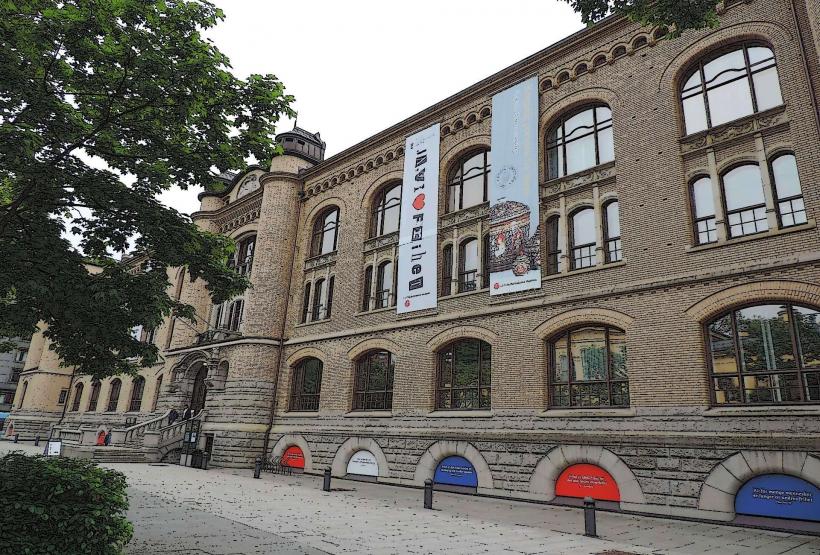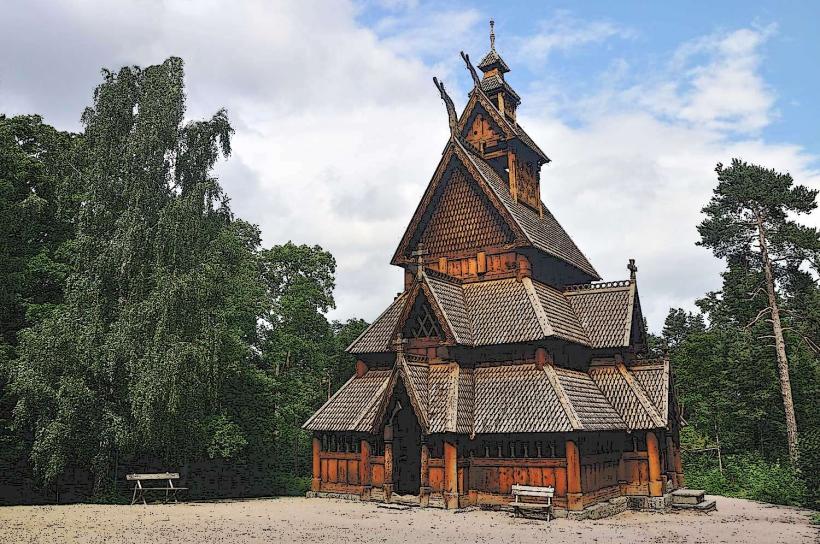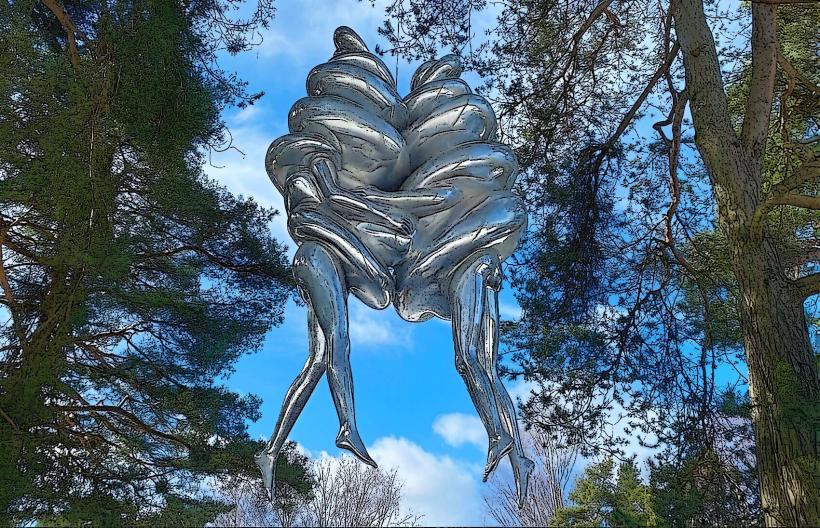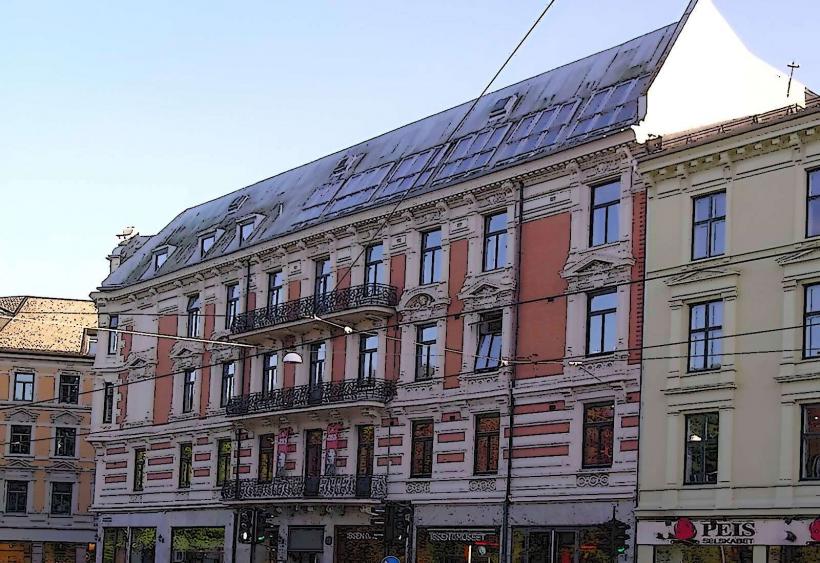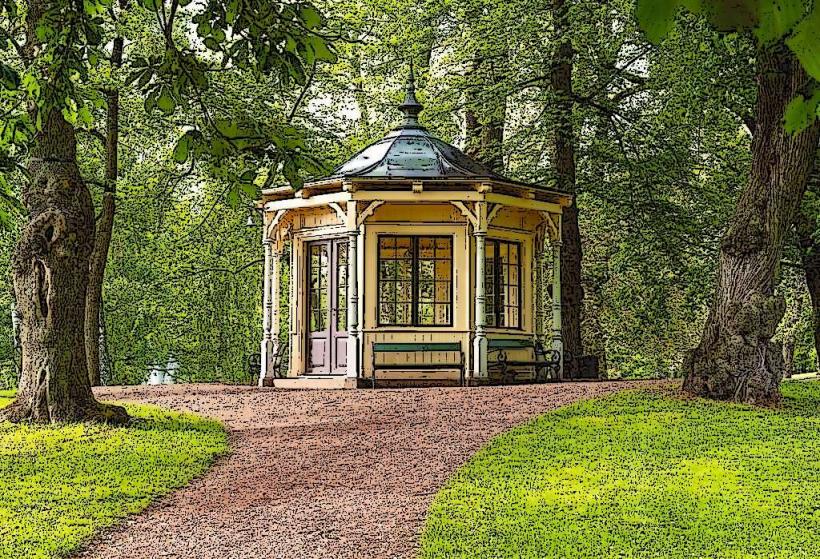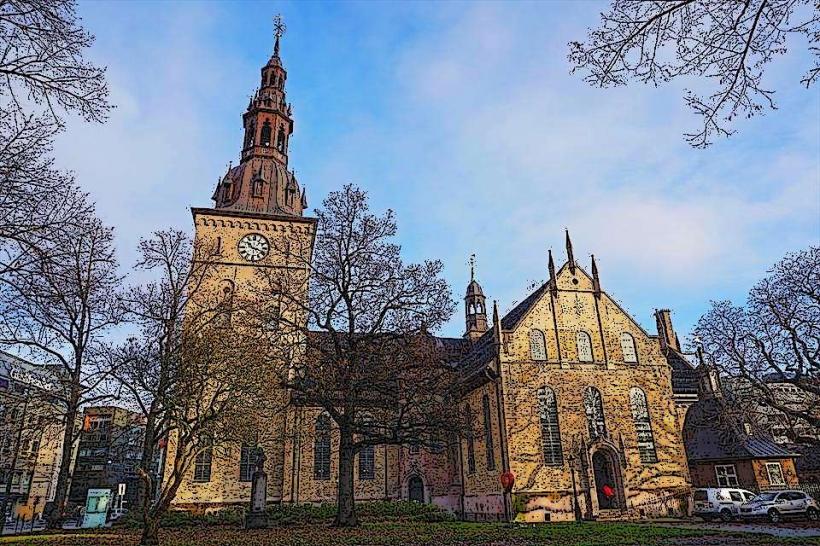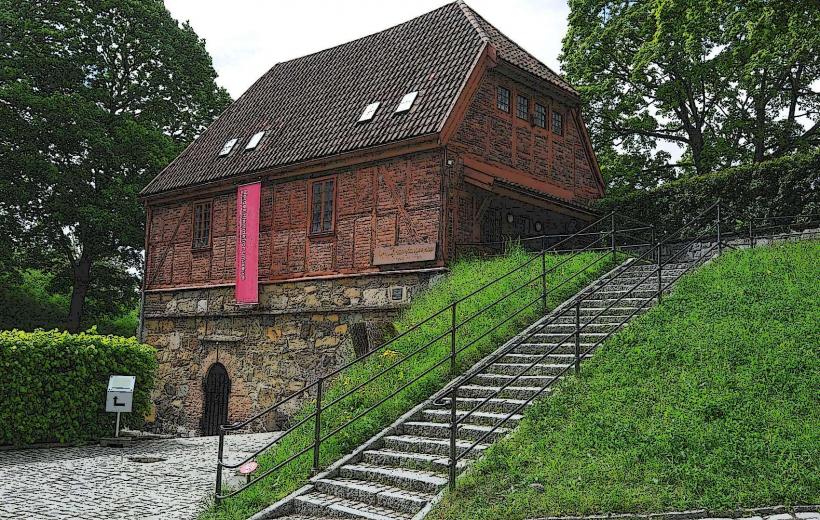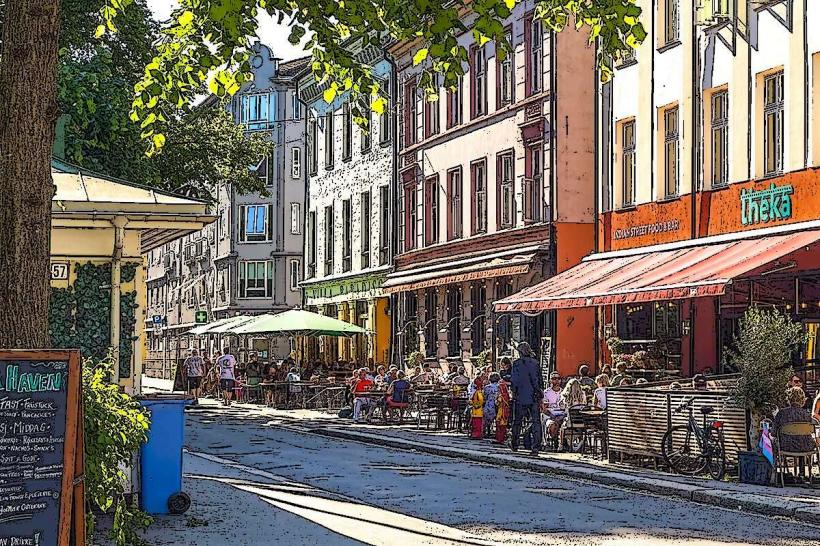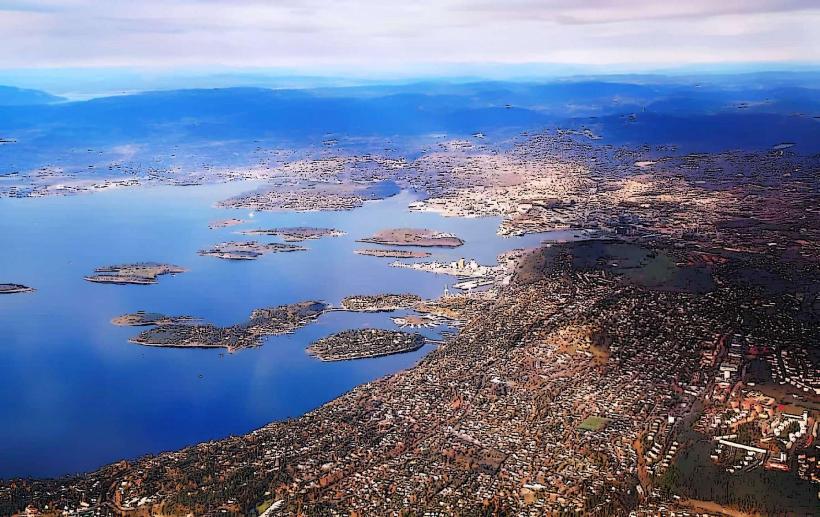Information
Landmark: Royal Palace of OsloCity: Oslo
Country: Norway
Continent: Europe
The Royal Palace of Oslo (Det Kongelige Slott) is a prominent landmark in Norway, serving as the official residence of the Norwegian monarch. Located at the end of Karl Johans gate, Oslo’s main street, the palace is a symbol of Norway’s constitutional monarchy and a center for state ceremonies and events. Here's a detailed overview:
Historical Background
- Construction: Built between 1824 and 1849, the palace was commissioned by King Charles III John of Norway and Sweden.
- Architect: Designed by Danish architect Hans Linstow in a neoclassical style.
- Inauguration: Completed during the reign of King Oscar I, who officially inaugurated it in 1849.
Architecture
Style:
- Neoclassical design characterized by simplicity, symmetry, and grandeur.
- Features a rectangular layout with a central façade and wings.
Materials:
- Constructed using locally sourced materials, including bricks and plaster, with a simple, elegant exterior.
Gardens and Surroundings:
- Situated within the expansive Palace Park (Slottsparken), a public park with lush greenery, walking paths, and sculptures.
- The park enhances the palace's serene and stately ambiance.
Interior:
- Houses several grand halls, including the Banqueting Hall, Council Chamber, and Bird Room (Fugleværelset), each adorned with ornate decorations and artwork.
- Features royal apartments, offices, and spaces for state functions.
Function and Role
Royal Residence:
- Official residence of the Norwegian monarch, currently King Harald V and Queen Sonja.
- Hosts the royal family during major events and state visits.
State Ceremonies:
- The venue for the king’s annual New Year's Address.
- Hosts official banquets, receptions, and the annual ceremony for presenting diplomatic credentials.
Administrative Role:
- Houses the offices of the monarch and the Royal Court, serving as the administrative hub of the monarchy.
Cultural and Historical Significance
- Symbol of Monarchy: Represents Norway’s constitutional monarchy and its historical ties with Sweden during the Union era (1814–1905).
- Public Engagement:
- Open to the public during the summer months, with guided tours showcasing its rich history and opulent interiors.
- The Palace Square is a popular gathering place for locals and tourists alike.
The Changing of the Guard
- A daily ceremony performed by the King’s Guard (Hans Majestet Kongens Garde).
- A traditional spectacle that attracts numerous visitors.
Visiting Information
- Location: Situated at the top of Karl Johans gate, a central location in Oslo.
- Access: Easily accessible by foot, public transportation, or bike.
- Tours:
- Summer tours provide a glimpse into the palace's main rooms and history.
- Tickets can be purchased in advance or on-site.
Interesting Facts
- The Palace has been continuously adapted and modernized since its construction to suit the needs of the royal family and state functions.
- Statues in the park include a famous equestrian statue of King Charles III John by Brynjulf Bergslien.
The Royal Palace of Oslo is more than just a residence; it is a living part of Norway’s history, politics, and cultural heritage, making it a must-visit landmark for anyone exploring Oslo.

